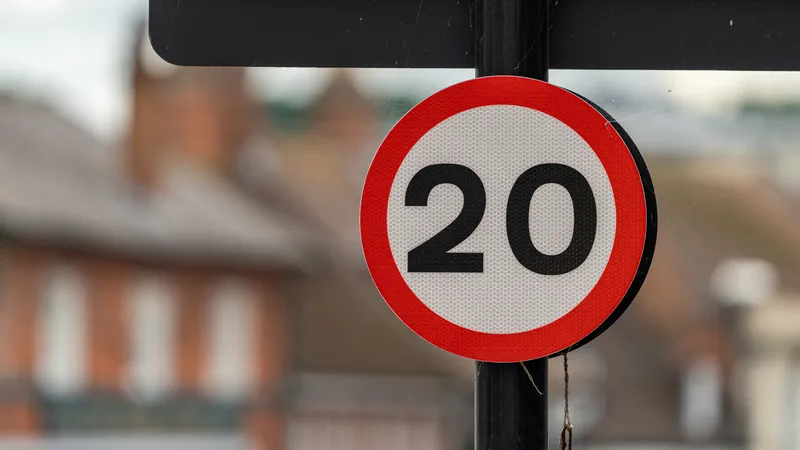A study of cycle versus vehicle accidents carried out by the University of Colorado, Denver (CU Denver) has found that the chance of collision decreased with more cyclists. The risk of accident was relatively high at intersections with less than 200 cyclists per day.
“Anywhere above this threshold is where we are seeing the largest safety benefits,” said co-author Wesley Marshall, PhD, PE, assistant professor of civil engineering at CU Denver’s College of Engineering and Applied Science. The reasons for
June 25, 2014
Read time: 2 mins
A study of cycle versus vehicle accidents carried out by the University of Colorado, Denver (CU Denver) has found that the chance of collision decreased with more cyclists. The risk of accident was relatively high at intersections with less than 200 cyclists per day.
“Anywhere above this threshold is where we are seeing the largest safety benefits,” said co-author Wesley Marshall, PhD, PE, assistant professor of civil engineering at CU Denver’s College of Engineering and Applied Science. The reasons for this remain unknown.
The study focused on Boulder, Colorado which has one of the highest rates of cycling in the country at about twelve percent of the population. This makes it one of the few US cities with enough bicycling to achieve the safety benefits already documented by researchers in Europe, according to Marshall.
The researchers wanted to create safety performance functions (SPFs) for bicycles in Boulder. These model the mathematical relationship between the frequency of crashes and major factors related to them. Yet while there are SPFs for vehicles, there are none for cycles. The authors created their SPF for Boulder by studying crashes at intersections throughout the city where more than two-thirds of collisions occur. They compared the crash data to cycle count data.
“Fortunately, Boulder was one of the first cities to establish a bicycle counting program back in the late 90s,” Marshall said.
As cycling increases in cities across the U.S. each year, the results could have national implications. “In fact, we are beginning to find that cities with a high level of cycling are not just safer for cyclists but for all road users,” he said. “Improving the streets to better accommodate bicycles may enhance safety for everyone.”
“Anywhere above this threshold is where we are seeing the largest safety benefits,” said co-author Wesley Marshall, PhD, PE, assistant professor of civil engineering at CU Denver’s College of Engineering and Applied Science. The reasons for this remain unknown.
The study focused on Boulder, Colorado which has one of the highest rates of cycling in the country at about twelve percent of the population. This makes it one of the few US cities with enough bicycling to achieve the safety benefits already documented by researchers in Europe, according to Marshall.
The researchers wanted to create safety performance functions (SPFs) for bicycles in Boulder. These model the mathematical relationship between the frequency of crashes and major factors related to them. Yet while there are SPFs for vehicles, there are none for cycles. The authors created their SPF for Boulder by studying crashes at intersections throughout the city where more than two-thirds of collisions occur. They compared the crash data to cycle count data.
“Fortunately, Boulder was one of the first cities to establish a bicycle counting program back in the late 90s,” Marshall said.
As cycling increases in cities across the U.S. each year, the results could have national implications. “In fact, we are beginning to find that cities with a high level of cycling are not just safer for cyclists but for all road users,” he said. “Improving the streets to better accommodate bicycles may enhance safety for everyone.”








